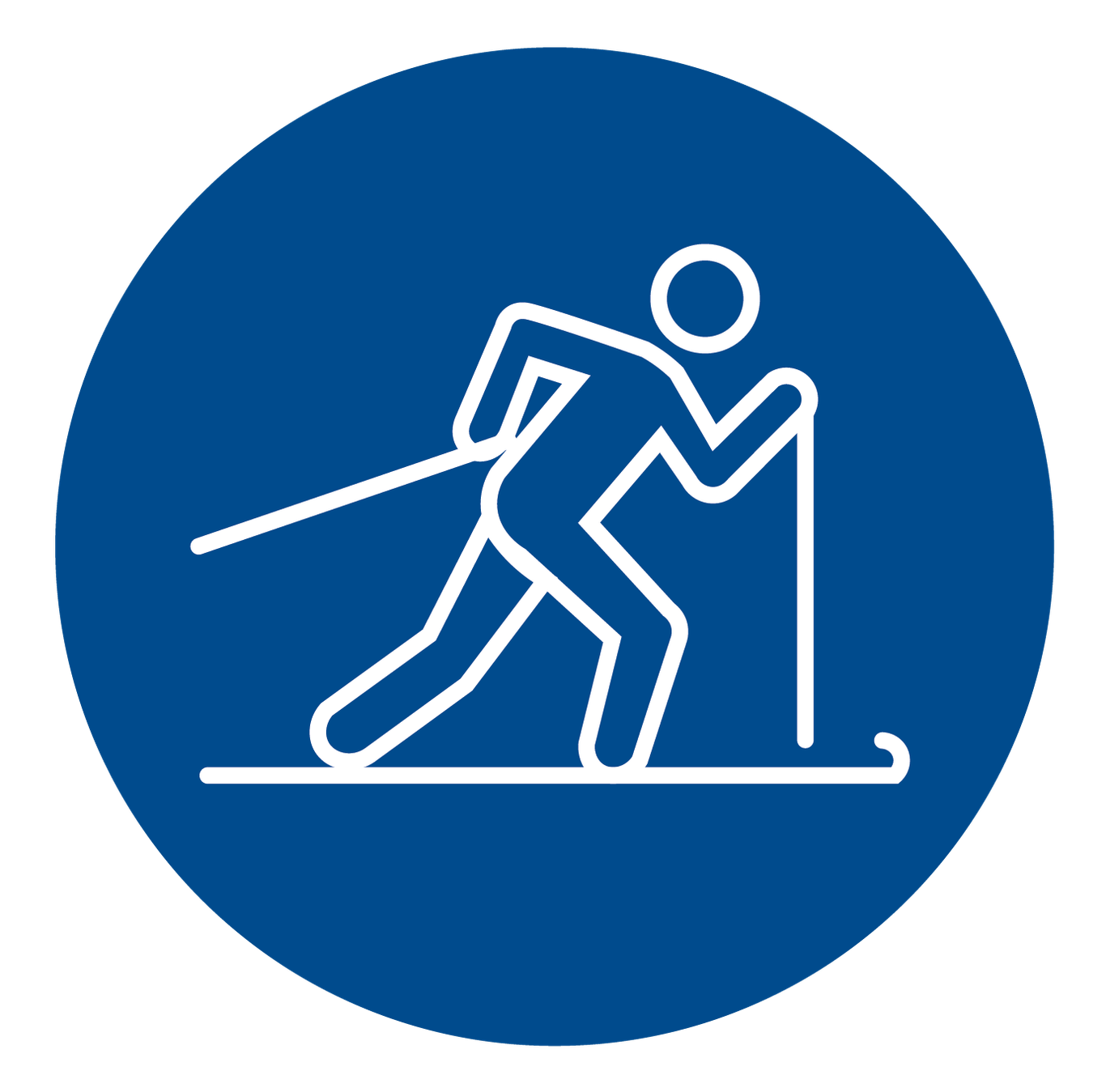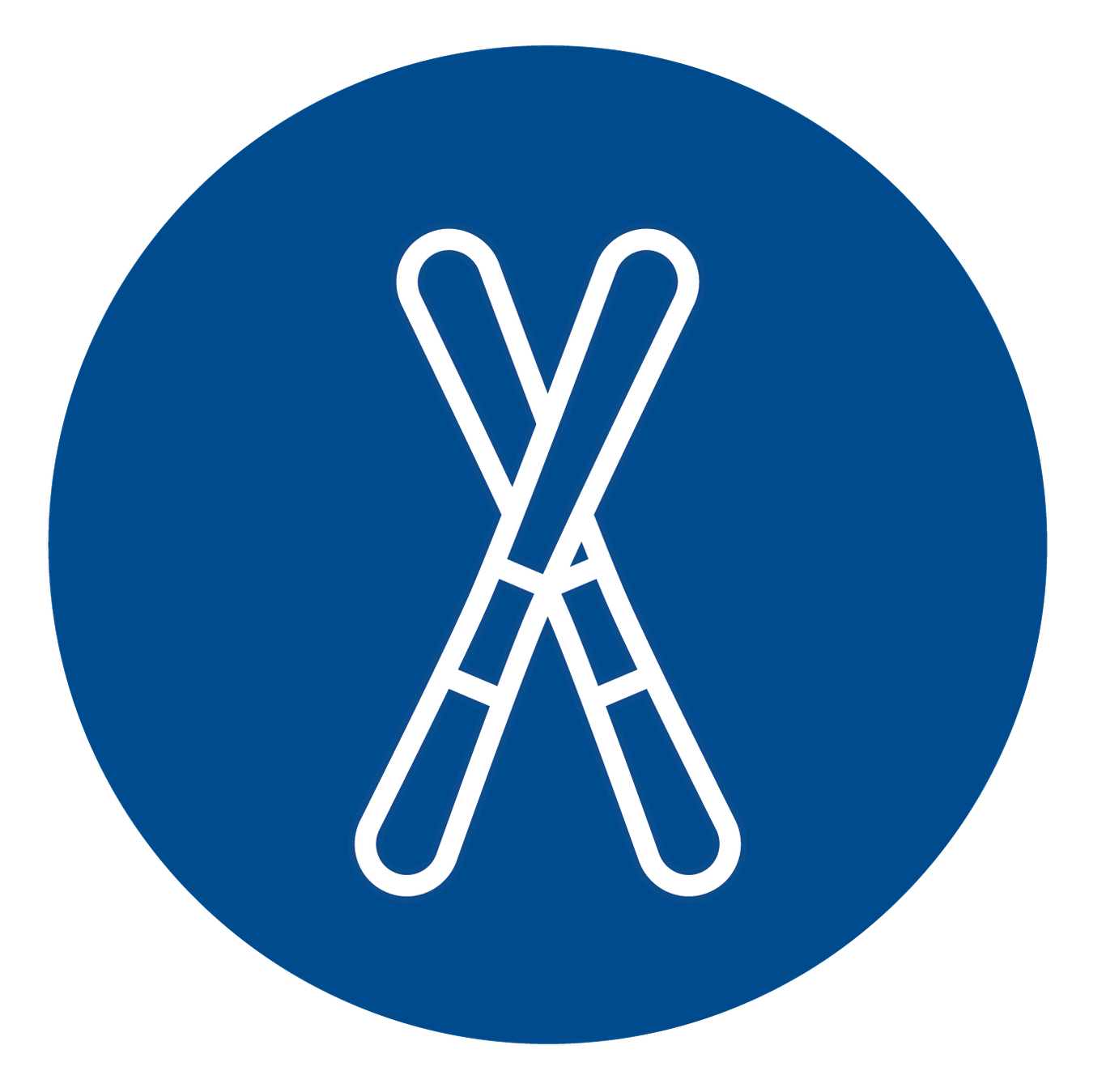MOUNTAIN SAFETY & RISK AWARENESS
BE PREPARED
Skiing, snowboarding and other activities that take place at ski areas involve the risk of injury. The information contained in the Safety and Risk Awareness section of this website is intended to inform you of the risks, dangers, and hazards that you may encounter at a ski area and help you while enjoying these activities. Whether you are a participant in these activities, a visitor, or a parent or guardian of a minor participant, please take the time to familiarize yourself with the Safety and Risk Awareness information on this website.
Downhill area guests must observe the Alpine Responsibility Code, Nordic area guests must observe the Cross-Country Responsibility Code. See below to learn more about our codes. Our ski patrol is available to assist with on-mountain emergencies.
For EMERGENCY medical assistance in the Downhill or Nordic Area dial the number below or call 911.
Know the Code
There are elements of risk that common sense and personal awareness can help reduce. Regardless of how you decide to use the slopes, always show courtesy to others. Please adhere to the code listed below and share with others the responsibility for a safe outdoor experience.
Alpine Responsibility Code
- Always stay in control. You must be able to stop or avoid people or objects.
- People ahead or downhill of you have the right-of-way. You must avoid them.
- Stop only where you are visible from above and do not restrict traffic.
- Look uphill and avoid others before starting downhill or entering a trail.
- You must prevent runaway equipment.
- Read and obey all signs, warnings and hazard markings.
- Keep off closed trails and out of closed areas.
- You must know how and be able to load, ride and unload lifts safely. If you need assistance, ask the lift attendant.
- Do not use lifts or terrain when impaired by alcohol or drugs.
- If you are involved in a collision or incident, share your contact information with each other and a ski area employee.
Cross Country Responsibility Code
- Always check posted trail conditions.
- Ski in the indicated direction and obey all posted signs and warnings. Keep off closed trails.
- Always ski to the right when meeting on-coming skiers and when skiing on double track.
- Yield the track to faster skiers, and skiers calling 'track'.
- Ski in control. On two-way trails descending skiers have the right of way.
- Do not stop where you obstruct a trail or are not visible to others. Move off the track quickly if you fall or during rest stops.
- Do not litter. Take out what you pack in. Respect all property.
- Report all incidents
Determining your skier type
It’s your responsibility to classify yourself and determine your skier type. The shop technician uses your skier type, height, weight, age, and boot sole length to determine the release/retention settings for your bindings. Consult these descriptions to select your classification. Be sure to provide accurate information. Errors may increase the risk of injury.

Type I
Cautious skiing on smooth slopes of gentle to moderate pitch
Skiers who classify themselves as Type I receive lower-than-average release/retention settings on their bindings. This decreases the likelihood of an unintentional release to prioritize safety during a fall. This classification is ideal for entry-level skiers or those uncertain about their skill level.

Type II
Skiers not classified as Type I or Type III
Skiers who classify themselves as Type II receive standard release/retention settings designed for the average recreational skier. These settings are appropriate for most recreational skiing.

Type III
Fast skiing on slopes of moderate to steep pitch
Skiers who designate themselves as Type III receive higher-than-average release/retention settings. This reduces the chance of accidental binding release but increases the difficulty of releasing during a fall. This classification is not recommended for skiers under 48 lbs.
Safety Information
There are many signs on and around chairlifts. Each is important, informing you about the process for loading, riding, and unloading the chairlift. Pay attention to and obey these signs when riding a chairlift.
If you are unfamiliar with the use of a chairlift or have questions, please ask a lift attendant for assistance and directions. Ski and Snowboard lessons are also great way to learn about using the chairlifts.
Learn more about chairlift safety
Ice and Snow Environment
Conditions vary with changing temperatures and weather. You are responsible to proceed with care and full consideration of the variable surface conditions in all pedestrian areas, parking lots and walkways.






